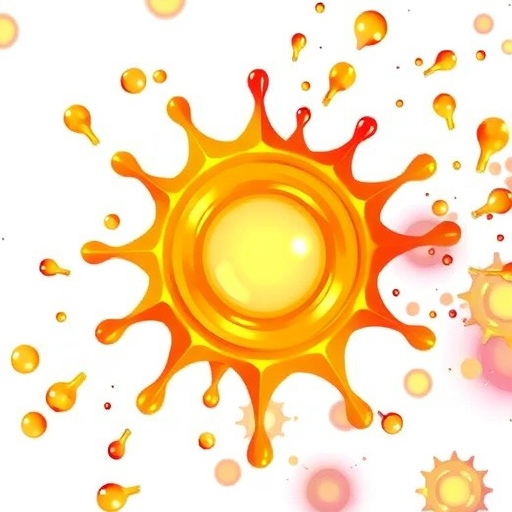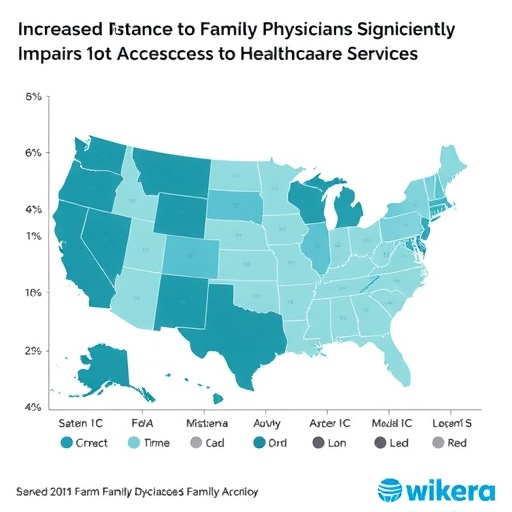University of Miami Miller School of Medicine Experts Offer More Clarity on Managing Common Ankle Fractures
Although fairly common, management of an isolated lateral malleolus ankle fracture remains challenging for orthopaedic surgeons. A central question remains on determining whether surgery or a non-surgical approach is indicated for a particular patient.
A lot rides on whether the ankle is stable or not. However, no clinical examination or imaging strategy stands out as clearly superior for determining ankle stability after such an injury, said Amiethab A. Aiyer, M.D., an orthopaedic surgeon specializing in foot and ankle care at the University of Miami Miller School of Medicine.
"We want to be able to provide clinicians and residents … with a much more up-to-date overview on what management options are available," Aiyer said.
So he and colleagues published a Review Article, "Management of Isolated Lateral Malleous Fractures" in The Journal of the American Academy of Orthopaedic Surgeons.
In general, non-surgical treatment is indicated when an ankle is stable after injury. These are often called "Weber A" fractures, or the most stable type of ankle fracture in the Danis-Weber classification system. Weber A fractures occur below the level of the joint connecting the tibia and fibula bones, also known as the level of the syndesmosis.
In contrast, when injury occurs above the syndesmosis, these "Weber C" fractures tend to be unstable and require surgery.
In between is a clinical "gray area": Weber B fractures at the level of the syndesmosis. Management of these injuries remains a lot less clear-cut, which is why Aiyer and colleagues decided to address these fractures specifically.
They recommend assessing the medial clear space (MCS) on radiographs to gauge the presence of medial-sided injury. In general, a wider MCS signals less ankle stability after a fracture. In addition, the severity of patient pain ratings can help guide management.
Again, stability is central to assessment. "Unfortunately, determining ankle stability after an isolated lateral malleolus fracture remains a diagnostic dilemma," the researchers wrote.
"You have to tease out how to gauge stability," Aiyer said. Determining if the deltoid ligament, the primary stabilizer of the ankle, is another key.
Imaging to the Rescue?
Dynamic imaging with stress radiographs remains the standard practice to detect tibiotalar instability. The three main options – manual external rotation stress radiographs, gravity stress radiographs and weight bearing radiographs – each carry their own considerations.
For example, because individual clinicians apply pressure with manual stress exams, variability of pressure and reproducibility of findings remain challenges. Gravity stress radiographs, in contrast, rely on the constant force of gravity and cause less pain for patients, the researchers noted.
Weight-bearing radiographs can vary by the amount of weight placed by the clinician, but they incorporate the inherent stability of the ankle in a neutral position. "If the patient is able to place weight on their ankle and there is no radiographic evidence of deltoid compromise, generally the ankle injury is stable and does not require surgery."
"If they are not able to get a weight-bearing radiograph, in my mind, a gravity stress view may be more important," Aiyer said. He added a caveat: if the patient holds their foot up against gravity because they are guarding against pain, it can cause a false negative result.
Choosing the imaging approach best suited for each individual is recommended. "It's particularly important to consider a patient's medical background, the baseline quality of their bone, and the habitus of the patient," Aiyer said.
Refer If in Any Doubt
Dr. Aiyer and colleagues recommend patients with a suspect isolated lateral malleolar fracture first undergo a history and physical exam.
In many instances, particularly in a community setting, orthopaedic surgeons do not have access to weight bearing x-rays. "More often that not, the ability for people to tease this out is pretty good, but if you are not applying the right amount of force or the patient is in a lot of pain, you may miss an injury."
"Physicians can refer their patients to our academic medical center, for additional workup or to give patients a second opinion on the best course of action."
Future Research
Going forward, Aiyer would like to compare outcomes among patients managed with new technologies, including different plating options. Recently manufacturers have release thinner plates, plates made of new materials and nailing devices. He added it would be important to include a cost-benefit analysis when studying these new advances.
###
Media Contact
Joanna Palmer
[email protected]
305-243-3018
http://www.med.miami.edu/
http://dx.doi.org/10.5435/JAAOS-D-17-00417




